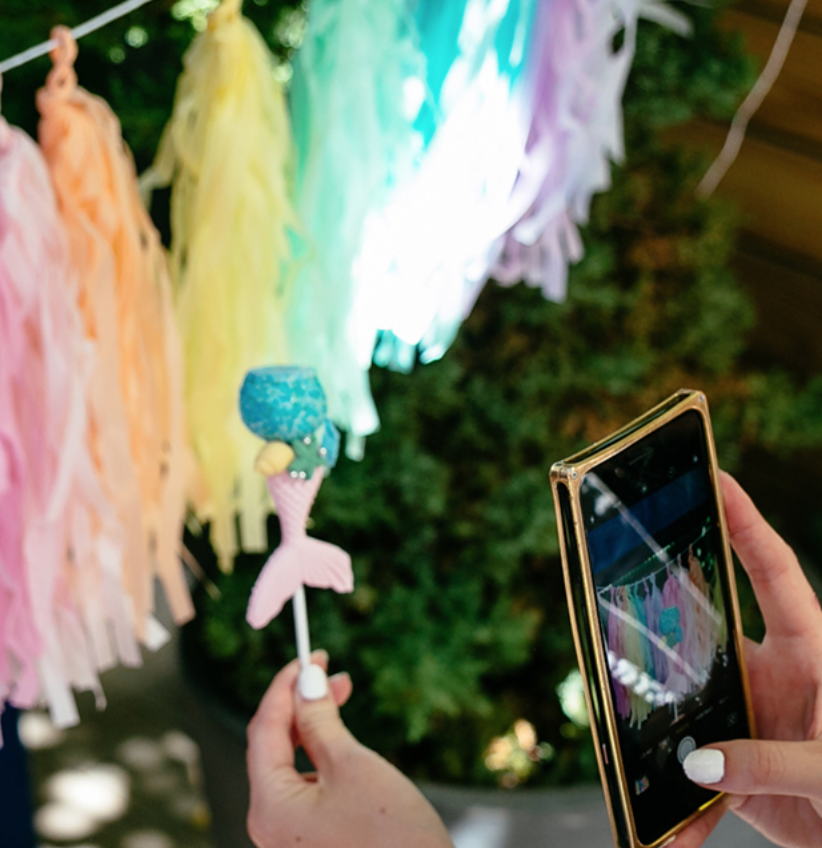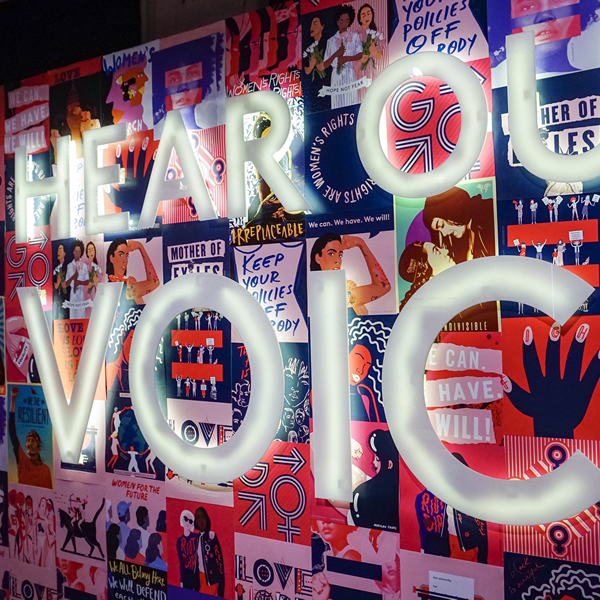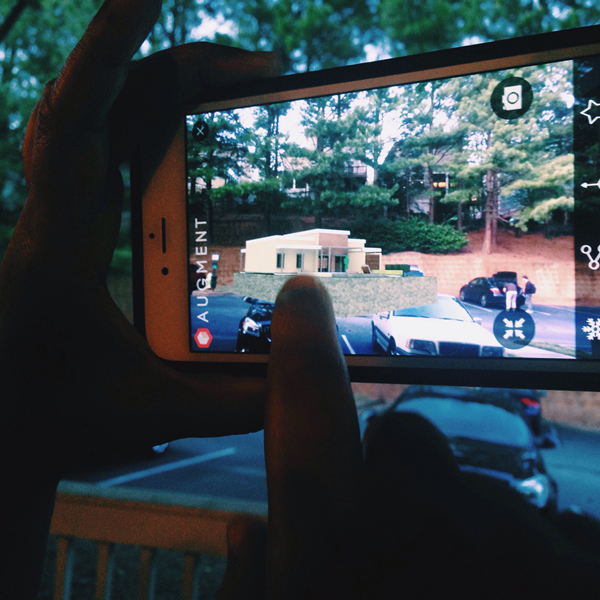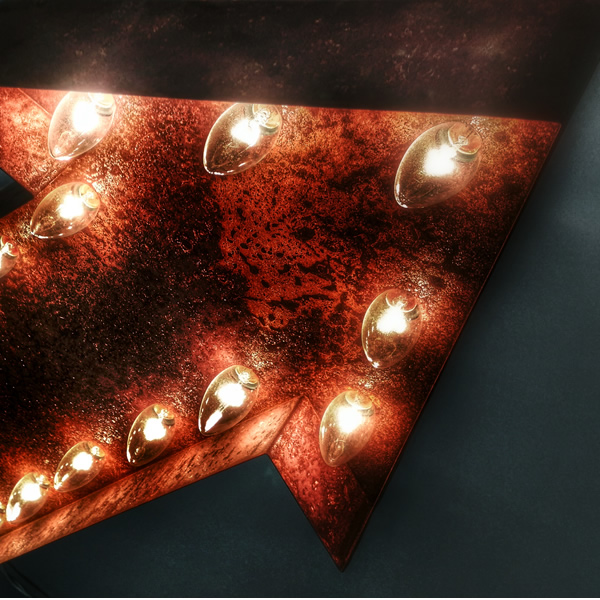Virtual reality. Augmented reality. Mixed reality. The Differences Explained.
by Dave Alder
![]()
The relative differences between virtual, augmented and mixed reality can be quite confusing. As the industry is still evolving, consensus is still blurry. This can make it challenging to select which of the three works best for solving a specific challenge, or for bringing a brand to life.
Virtual Reality
VR is all about ‘Presence’. This refers to the way the brain is fooled into thinking it’s actually experiencing what’s going on around it. Generally speaking, higher quality VR production results in the brain being convinced that the situation is more real. This can result in emotional and physical responses. For instance, looking through the eyes of a diver as he leaps off a boat can make the user gasp and feel a flash of anxiety throughout the heart and body. In short, VR is about immersive experiences.
To experience the immersion and presence of VR, a headset or viewing device is usually needed. Most VR content is in the form of 360º video. Post-production techniques enable the option of adding graphics or text to the scenario.
Summary: In VR, nothing is real. The whole experience is immersive, but virtual.
Augmented Reality
AR is the overlay of digitally generated content on top of views of the real world. Unlike VR, it’s a live experience which incorporates the physical world, rather than a fabricated one. In other words, the world you see is the one right in front of you, with virtual components on top. Pokémon Go is the best-known example. It opened the floodgates for countless practical applications, leading to where we are today with most of the world’s biggest brands testing the opportunities of the platform.
AR apps enable users to experience the medium via sensor-equipped wearable devices or smart phones and tablets. The option to access AR via personal devices means the experience is more accessible and user friendly than VR, where a headset is usually required for the full experience. Green screens combined with cameras can also be used, in which case the viewer doesn’t require any device at all.
Summary: An overlay on the top of the real world but without an integrated relationship between the two.
Mixed Reality
Simply put, MR combines VR and AR. The medium enables the viewer to see the real world as well as become immersed in a virtual scenario. It’s about integration rather than an overlay, and makes virtual objects seem as if they’re actually in the real world. Great mixed reality makes it difficult to distinguish between real and virtual elements.
Mixed Reality is a much more ‘real’ experience than Augmented Reality. It offers a true relationship between real and virtual components, which coexist and interact in real time. For example, as the viewer moves closer to a virtual object within a real surrounding, that object becomes larger. The object is anchored, meaning it stays in the same place even when walking away and returning.
Like AR, Mixed Reality can be experienced through wearables like the Hololens or via most personal devices making it accessible without the need of a headset. Viewers can also interact via screens, creating the opportunity for amazing experiential opportunities.
Summary: The seamless integration of real and virtual worlds, where physical and digital content interact in real time.
If you’re still confused, or would like to chat about VR, AR or MR, just give us a call or drop us a line.









